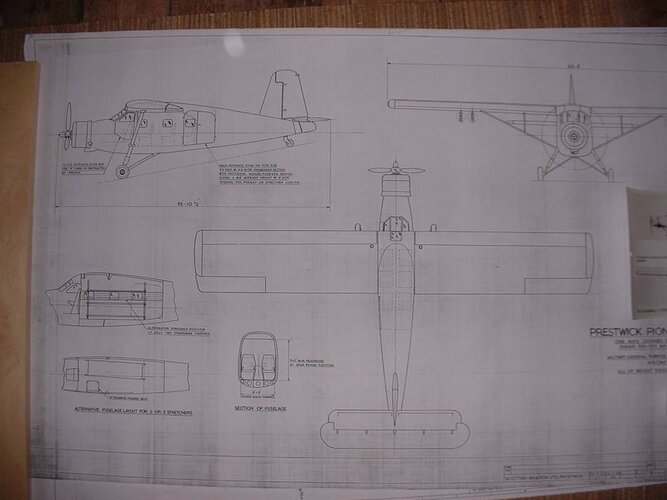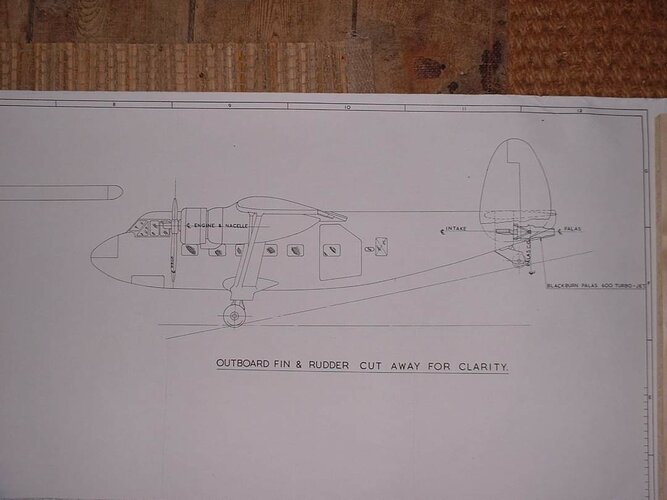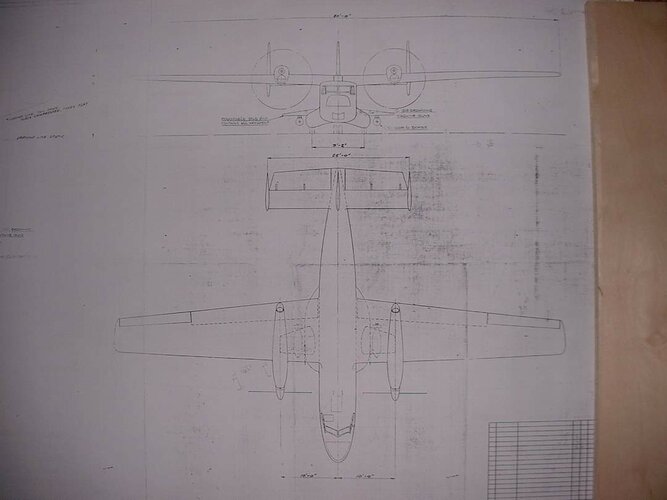Exactly, Ewen. The job of UK Sister Firms was to hold sufficient of the Design Record to be able to cut holes and meddle with load paths, as MAP Local Modification Committee might wish, to do UK-peculiar things, and (legitimately) to copy parts $-sparse. Few held Approvals extending to grafting alien wings onto Limey fuselages - ?only Marshalls, who held/hold the highest Design Approval, and UK Designers like Saro, Sister on US boats.
The A to the Q "where would the wings come from" is...ah, well, that depends. US Law covering Lend/Lease was that this was for the Defense of US. If...
this SAL project received an RAF Spec and MAP procurement contract, then SAL could access US material in OLLA/FEA Prestwick Store to build them, or Br.Air Commission in US could requisition wings from Consolidated or Ford and send them over on ships. And if not, not. I like Ewen's thought of cobbling from weary, battered heaps.
Civil Certification would not be possible without licence from/Royalty payments to Consolidated, because that would not be for the Defense of US.




























